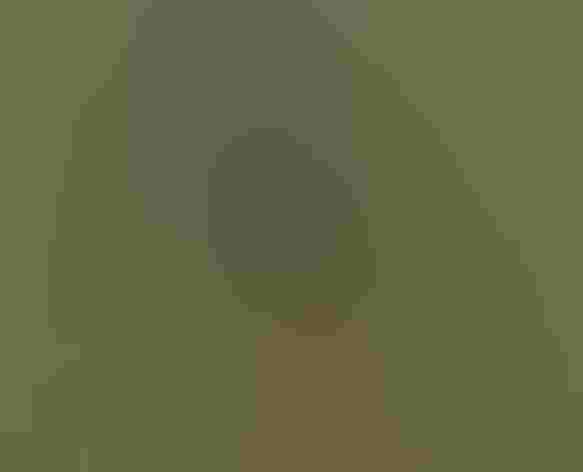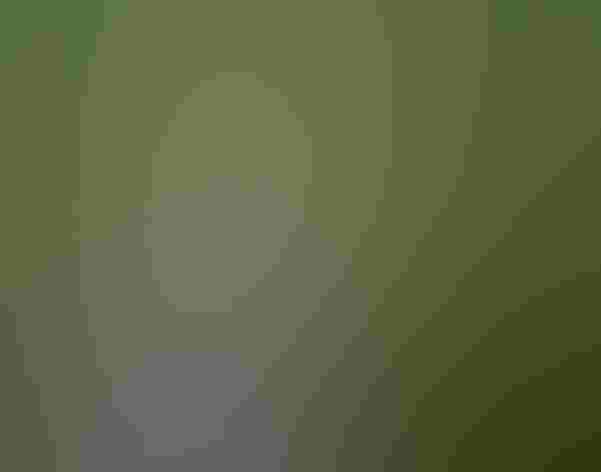Eastern Kingbird
At a Glance
This species is the only widespread kingbird in the east. Common and conspicuous in summer, it is often seen perched jauntily on a treetop or fence wire, or sallying out with shallow fluttering wingbeats to catch an insect in mid-air. In winter in South America it takes on a different personality, living in flocks in tropical forest and dining on berries.
All bird guide text and rangemaps adapted from by Kenn Kaufman© 1996, used by permission of Houghton Mifflin Harcourt Publishing Company. All rights reserved.
Category
Perching Birds, Tyrant Flycatchers
IUCN Status
Least Concern
Habitat
Fields, Meadows, and Grasslands, Forests and Woodlands, Freshwater Wetlands, Shrublands, Savannas, and Thickets, Urban and Suburban Habitats
Region
Alaska and The North, California, Eastern Canada, Florida, Great Lakes, Mid Atlantic, New England, Northwest, Plains, Rocky Mountains, Southeast, Southwest, Texas, Western Canada
Behavior
Direct Flight, Hovering
Population
26.000.000
Range & Identification
Migration & Range Maps
A long-distance migrant, wintering entirely in South America. Migrates in flocks. Unlike many of the migratory songbirds, kingbirds may travel mostly by day.
Description
8-9" (20-23 cm). Broad white band at tip of black tail is diagnostic. Blackish above, white below, with gray wash across chest. A narrow strip of red feathers on the crown is usually hidden.
Size
About the size of a Robin
Color
Black, Gray, White
Wing Shape
Pointed
Tail Shape
Rounded, Square-tipped
Songs and Calls
A sharp dzee or dzeet. Also a series of harsh, rapid calls: kit and kitter.
Call Pattern
Flat, Rising
Call Type
Buzz, Chirp/Chip, Hi, Whistle
Habitat
Wood edges, river groves, farms, shelterbelts, orchards, roadsides. In summer, requires open space for hunting and trees for nesting; habitat ranges from clearings within forest to open grassland with few scattered trees. Often common around edges of marshes, farmland, native tallgrass prairie. Winters in tropical forest, especially around edges and along rivers.
Sign up for ÃÛèÖAPP's newsletter to learn more about birds like the Eastern Kingbird
Behavior
Eggs
3-4, sometimes 2-5. White to pinkish-white, heavily blotched with brown, lavender, and gray. Incubation is mostly or entirely by female, 16-18 days (perhaps sometimes shorter).
Young
Both parents bring food for nestlings. Age of young at first flight about 16-18 days; young may be tended by parents for more than a month after fledging.
Feeding Behavior
Forages by watching from a perch and then flying out to catch insects. May capture food in mid-air, or may hover while taking items (insects, berries) from foliage. In cold weather, when few insects are flying, may feed on ground.
Diet
Mostly insects, some fruit. Insects make up majority of summer diet; included are many beetles, wasps, bees, winged ants, grasshoppers, flies, leafhoppers, and others. Sometimes claimed to be a serious predator on honeybees, but there is little evidence for this. Also eats many berries and wild fruits. Winter diet not well known, but feeds heavily on berries in tropical forest.
Nesting
In courtship, the male displays with rapid up-and-down flight, zigzags, backwards somersaults, and other aerial acrobatics. The red patch of crown feathers, usually concealed, may be visible during displays. Nest site is usually in deciduous tree or large shrub, 7-30' above the ground, sometimes lower or much higher. Sometimes on powerline towers, on dead snags standing in water, on top of fence post, or other odd site. Nest (built by female, perhaps with help from male) is a bulky cup of weed stalks, twigs, grass, lined with fine grass and sometimes animal hair.
Conservation
Conservation Status
Surveys show a gradual decrease in numbers since the 1960s, but still widespread and common.
Climate Threats Facing the Eastern Kingbird
Choose a temperature scenario below to see which threats will affect this species as warming increases. The same ÃÛèÖAPP change-driven threats that put birds at risk will affect other wildlife and people, too.







